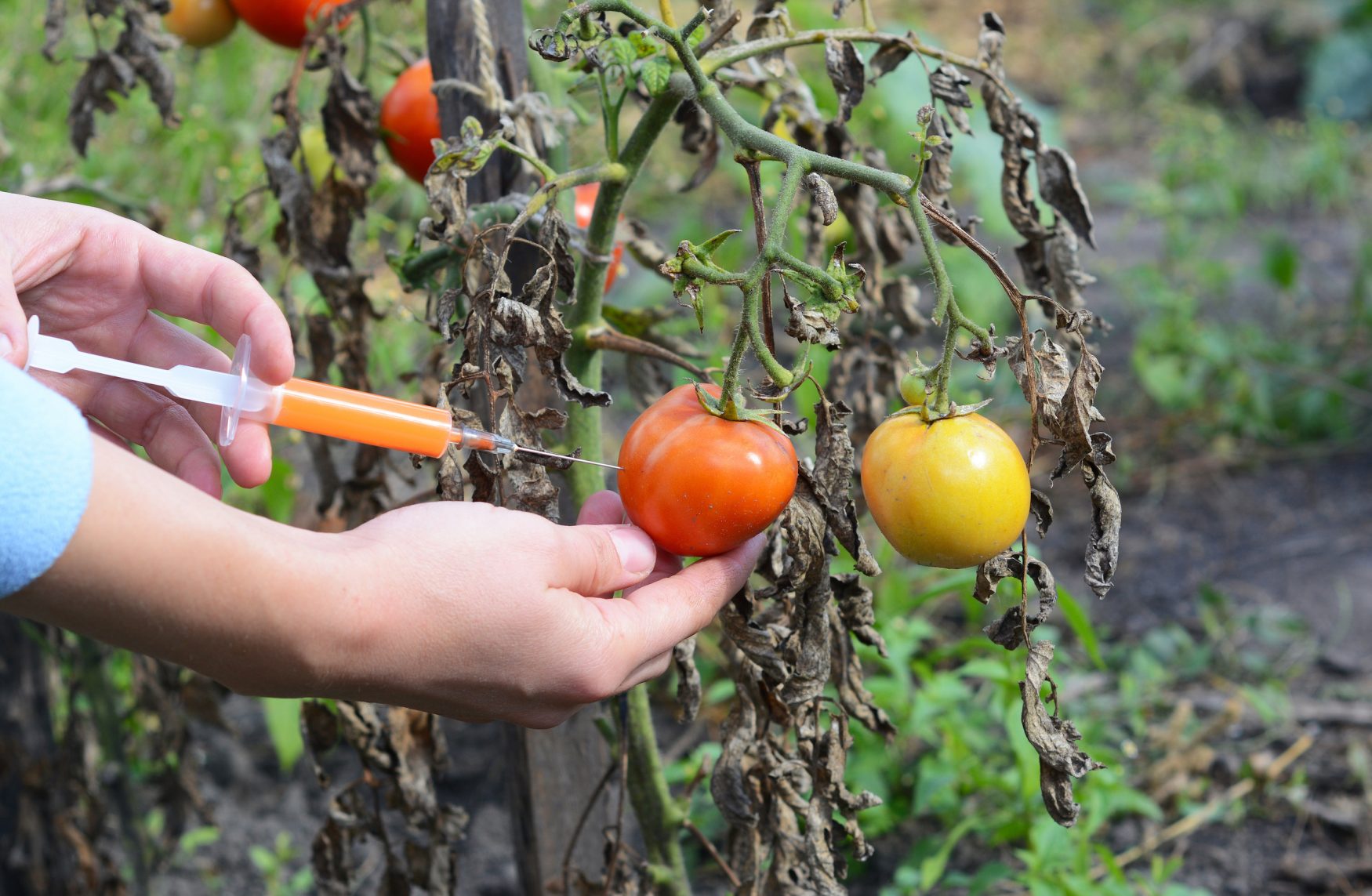
Consumer Protests Against Genetically Modified Tomatoes Pulled Them Off the Market
Genetically Modified Tomatoes Were The First Among a Series of Frankenfood Projects.
In 1994, California-based Calgene released a product made from genetically modified tomatoes called FlavrSavr.
The tomatoes were engineered to not produce the enzyme that is chiefly responsible for tomato rot and spoilage.
Calgene marketed its product without any special labeling, which drew fire from consumers who knew that these tomatoes had been modified.
The product’s price was marked up to two to five times the cost of naturally grown tomatoes, which also contributed to consumers’ rejection of the product in favor of naturally grown crops.
Competition from growers who were harvesting new tomatoes that naturally had a longer shelf life prevented FlavrSavr from becoming profitable.
In 1996, a tomato paste made from genetically modified tomatoes was marketed by Zeneca with the same aim of preventing spoilage.
This time, the labeling did specify that this product was made from engineered crops, and the pricing was also elevated.
The consumers, most of whom were Europeans, received this newer product better than they did FlavrSavr, but controversy stirred in the scientific and medical communities about the potentially harmful effects of so-called Frankenfood.
Eventually, tomato products were pulled from the shelves because consumers effectively rejected them, but since then, other crops have also been engineered to resist frost, herbicides, pesticides, antibiotics, and pests.
Labeling for Genetically Modified Foods
Current laws do not require special labeling for genetically modified foods.
That means that when consumers go into mainstream supermarkets, they could be buying genetically modified groceries and not know it.
The methods by which food is modified involve using viruses, bacteria, and antibiotics to introduce and test for the presence of the new genes desired in the target organisms.
Then came the recommendation that genetically modified foods should be cooked thoroughly to bring out the positive effects of the genetic modifications.
The truth about needing to cook these foods thoroughly is that the bacteria and the viruses used to introduce the new genetic material need to be killed off first for the food to be safe.
Labeling, however, is not going to be used by the producers of these foods because they know how uncomfortable the public would be if they knew their food was altered.
In the case of genetically modified tomatoes, consumers rejected the variety that was supposed to have a longer shelf life.
New purple tomatoes are supposed to be filled with snapdragon DNA that produces antioxidants that fight cancer.
These are not yet available, but the methods by which these tomatoes are changed is bad news, even if the claims about preventing cancer are true.
Problems in Regulation
The Food and Drug Administration (FDA), the United States Department of Agriculture (USDA), and the Environmental Protection Agency (EPA) are collectively responsible for the oversight of genetically changed foods.
These agencies have yet to thoroughly regulate and study the health and environmental effects of genetically modified organisms.
Part of the problem is that the companies producing these organisms want to avoid regulation.
In order to avoid regulation, companies producing genetically modified tomatoes and other crops have tried to build the case that their genetic modifications are “substantially equivalent”: to breeding practices already in use for the food industry.
At the same time, these companies want to patent their technologies, so they claim that their work is novel and different from anything else.
The problems in regulation and the potential harm of introducing genes via viruses and bacteria present a high risk of toxicity resulting from genetically modified organisms.

 My First Amazing Ayahuasca Experience
My First Amazing Ayahuasca Experience  Pine Needle Tea
Pine Needle Tea  The REAL Controllers of Humanity: The Papal Bloodlines
The REAL Controllers of Humanity: The Papal Bloodlines  Is it Global Warming or Cooling?
Is it Global Warming or Cooling?  Gun Rights and Obama Examined
Gun Rights and Obama Examined